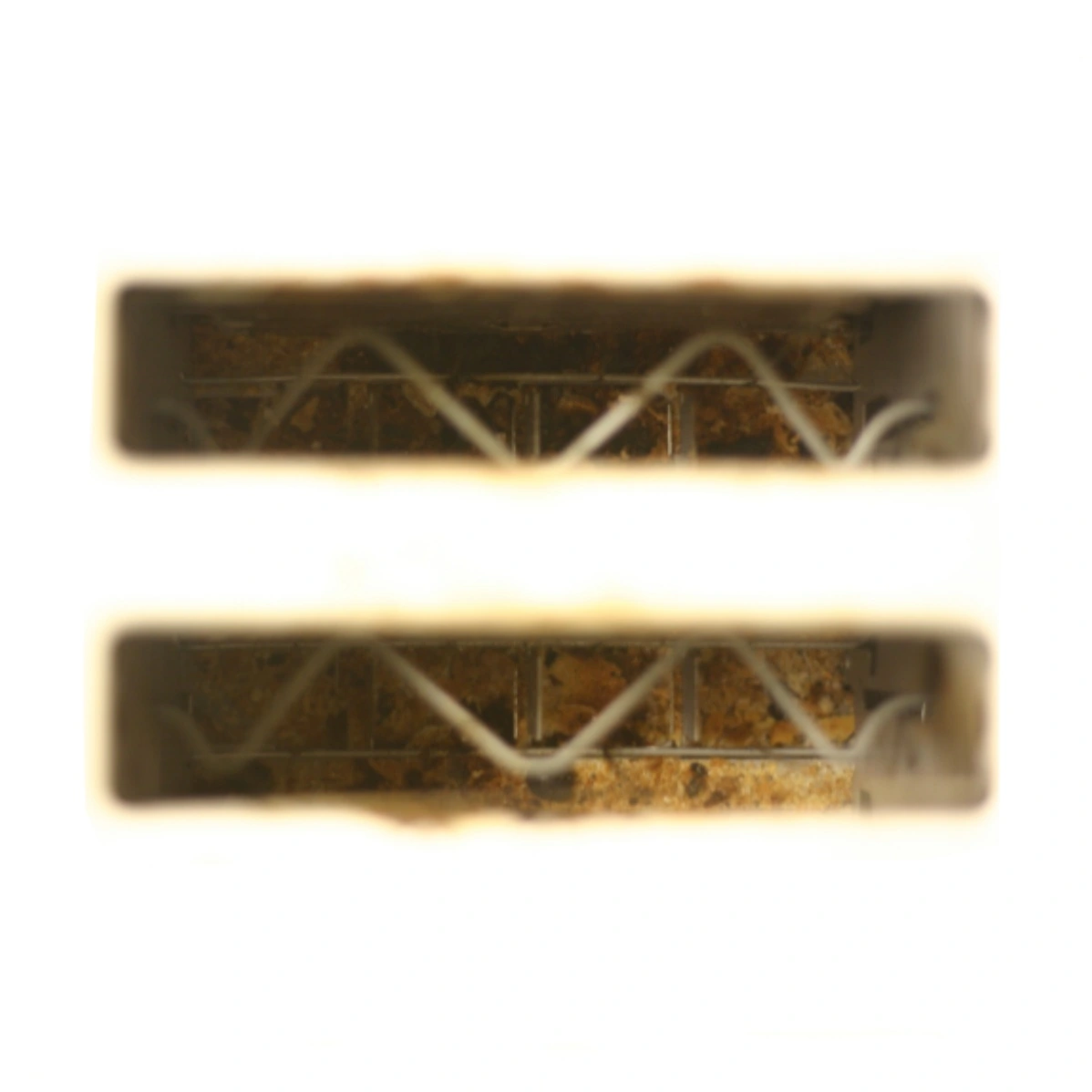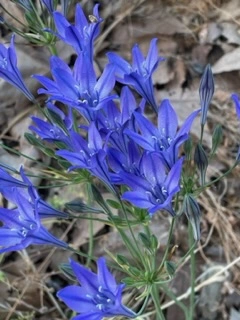It’s unfortunate that “Global Warming” was the phrase that got lodged in the public’s collective brain, because it’s such a terrible summary of what is actually happening, and idiots run with it.
Problem is, idiots always cling to whatever is most beneficial for them anyway.
EV’s are the perfect example… They ignore the cost saving or time saving (if you charge from home), and at the moment are focused entirely on battery fires (which are more rare than ICE fires), towing capacity (for whatever reason, they seem to think they need to tow 4 tonnes), and seem to have forgotten that both ICE and EV’s need prewarming in cold climates.
It’s can be super difficult to understand, especially when it’s easy to present the same data in multiple ways. Global warming is a thing, and climate change is a thing, but it’s hard to fully experience because daily weather is so variable.
For example, if you look at the last 2000 years of data, we are starting an extremely rapid temperature increase. If you zoom out to a the last 500 million years, our global temperature is still changing, but it doesn’t appear to be extreme.
People just don’t realize that homosapiens only really appeared 200,000 years ago and our distant ancestors started showing up 7 million years ago. Point being, we started evolving in a climate that was cool and then got colder.
For perspective, the first fungi are thought to have first appeared 650 million years ago. They have seen it all and eventually said “fuck this” and now mostly live underground. For good reason.
It’s the acceleration of global warming that is bad. In the last few thousand years, we have erased ~25 million years of the last cool down period. That is bad. Very bad.
The earth will survive climate change just fine, maybe. We won’t, though.
Disclaimer: All numbers are basic estimates and data changes faster than I can keep up with. I am not a scientist, but I can read charts. For my summary here, I used these:


All fascinating stuff, even if concerning.
I like this video from Gutsick Gibbon that talks a lot about evolution as it relates/related to climate change and what our future may hold if we don’t change.
I liked this analogy:
It’s like an ice skater spinning rapidly with her arms tucked in, he said. But when the polar vortex weakens, the arms start flailing out, the skater slips and “all the cold air then gets released away from the center of the polar vortex,” Cohen said.
The current cold outbreak is consistent with Arctic change and the polar vortex, Cohen said. “What we found is when the polar vortex stretches like a rubber band, severe extreme winter weather is much more likely in the United States. That’s where it tends to be focused and in January we have an extreme case of that stretching of the polar vortex.”
This is an interesting and somewhat counterintuitive phenomenon but we’ve seen it multiple times in recent years. The central and northern US seem particularly vulnerable to these arctic outbreaks, but so far it’s typically coincided with warm, dry weather in California—this year seems to fit the mold as well. But is this just coincidence or is it always going work that way?
This has big impacts on my work as an arborist—we’re trying to shift our palette of trees towards more southerly species to prepare for future heat. But if we occasionally experience exceptional cold, this can hamper those efforts as it can be deadly to more southern species. So far California has not seen this particular pattern but it only takes once for serious damage to occur.
I know this doesn’t help with your project, but here’s how I’ve managed the “intuition” part. Note that this is just the mental model I have, not actual science.
The jet stream (also known as the polar vortex when it dumps cold air southward) is powered by the temperature difference between the arctic and the subarctic. The arctic is warming faster than the subarctic, so the temperature difference is being reduced. That reduces the power of the jet stream.
The jet stream is like a wall that separates the arctic from the subarctic. As it gets weaker, arctic air “breaches the wall” or maybe the “wall” just relaxes and moves south.
Even though the arctic is rapidly warming, it’s still damned cold, so it causes all kinds of problems when it escapes.
It could be just pattern seeking, but I feel that we in southern Saskatchewan are getting yo-yo weather as a result of greater fluctuations in the jet stream. We’re just coming to the end (I hope!) of a dangerous cold snap. The week before it was near freezing (shirt sleeve weather around here at this time of year) and the forecast for next week is more of the same.
Good luck with the trees!
https://www.dw.com/en/when-the-jet-stream-weakens/video-62097932
here is an explanation video with animations at around the 2:30 and 5:00 min mark.
The fast wind was moving more or less straight. Now that it slows down, it gets a wavy pattern, that also moves slower. As a result we get more stable cold zones and more stable heat zones. As these move slower over the planet, it results in longer cold and heat waves, with adverse weather. So the boundary doesn’t get “breached” in one direction, but rather it relaxes in both directions, getting the yo-yo weather you describe.
Thanks, that makes it a lot clearer for me.





